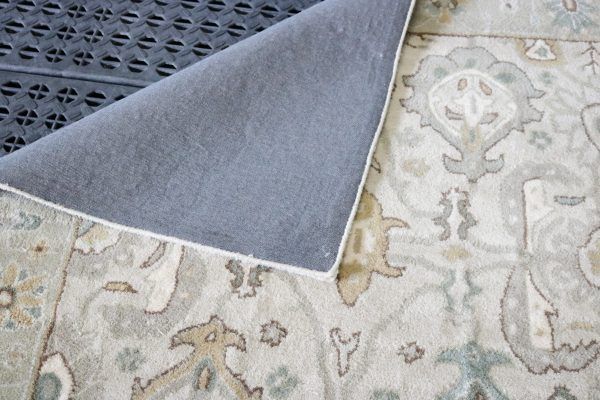Oriental Wool Rug Cleaning Tips
10 Must Have Spot Cleaning Tips
Life happens! Spots, spills and splatters.
Coffee, chocolate, red wine (it is never white wine), and of course, vomit. Your pet doesn’t throw up on the hardwood or tile floor, it is always the rug!
In any case of what spots your most beloved rug has, you want to remove the stain safely, without causing further damage to the rug.
Chances are if you’re reading this repair blog, it is for one of two reasons:
- You’re preparing for the next time an accident occurs. Yay for you!
- You are in full blown panic for a solution to clean the rug and, at the same time, not damage it further. It’s okay! You have Oriental Rug Cleaning Plant on your side.
Panicked or not, we have included the top 10 spots and stains that happen on wool and area rugs with our useful spot cleaning solutions below.
The Preliminaries
Before we get to how to spot clean your rug, let’s go over a couple of important points on how to cleaning Oriental Wool Area Rugs.
First, avoid over the counter cleaners, such as OxyClean, as they sometimes have bleaching agents that will bleach your rug.
In some cases, the bleached stain may not appear until after the rug has been professionally cleaned years down the road. Some over the counter products are even known to have set the stain in permanently. Lesson learned: Use the ingredients below.
Second, always, always test an inconspicuous area prior to cleaning. Also, a good reminder when cleaning the spot with a towel is to dab or blot, never agitate the fibers as it will cause the ends to fuzz.
The Ingredients
The following four solutions will be required, along with some white absorbent cloth or tissue.
Detergent Solution
Oriental Rug Cleaning Plant spot remover or substitute one teaspoon of liquid dishwashing detergent to ½ pint of warm water.
Detergent/Vinegar Solution
Add one teaspoon of White Vinegar to the detergent solution.
Ammonia Solution
One tablespoon of household ammonia to one cup of warm water. Refrain from a stronger ammonia solution on wool carpet.
Dry Cleaning Solvent
Test the solution on a small, inconspicuous area, then address the stain by working from the outer edge towards the center. Take caution not to saturate the area as it can wear away the back of the rug.
The Nitty-Gritty
Let’s get in to some of the most common stains that harm your rug.
Alcohol/Wine
Blot up the surplus spillage. Use the detergent/vinegar solution. Start from the edge of the spot, only using bit of the solution at a time. Blot frequently with dry cloths.
Chocolate
Scrape up the excess with a blunt knife. Use the detergent solution, and starting at the outer edge. Blot dry.
Coffee/Tea
Blot up the surplus spillage. Use the detergent solution and follow it up with vinegar. Start from the edge of the spot, only using a bit of the solution at a time. Blot frequently with dry cloths.
Grease
Scrape up with a blunt knife. Use the dry-cleaning solvent followed by the detergent/vinegar solution. Blot dry.
Nail Polish
Scrape up using a blunt knife. Use the dry-cleaning solvent followed by the detergent/vinegar solution. Blot dry.
Urine
Blot up the spillage. Use the detergent/vinegar solution. Start from the edge of the spot, only using a bit of the solution at a time. Blot frequently with dry cloths.
Wax
Scrape up with a blunt knife. Use the dry-cleaning solvent followed by the detergent/vinegar solution. Blot dry.
Oil/Tar
Scrape up with blunt knife. Use the dry-cleaning solvent followed by the detergent/vinegar solution. Blot dry.
Vomit
Scrape up with a blunt knife. Use the dry-cleaning solvent followed by the detergent/vinegar solution. Blot dry.
Rug Cleaning and Repair Wrap Up
There are about a billion things that can be spilled on your area rug, so when all else fails start with water. If that doesn’t work, call your amazing local rug cleaning professional, Oriental Rug Cleaning Plant. 407-930-4854 or 813-344-5112. Have a question, comment or tip? Send it our way, we would love to hear from you.



















